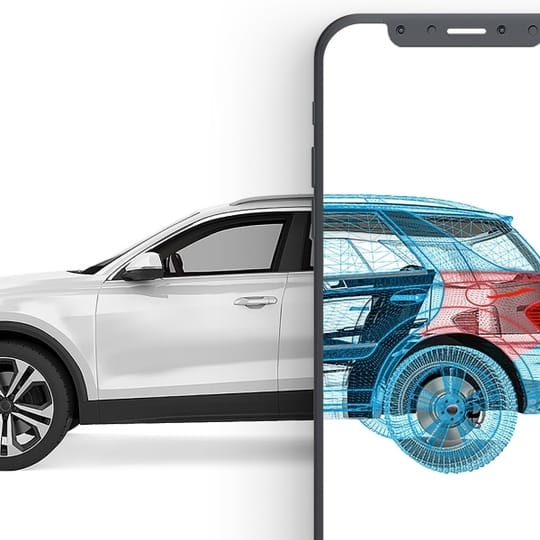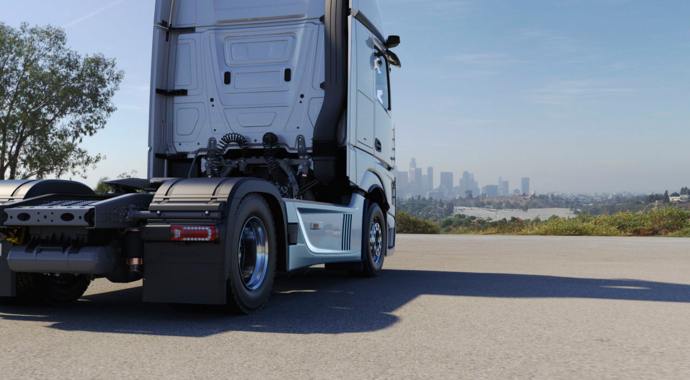The power of V-Ray — in combination with the Click-Ins AI platform — is revolutionizing the insurance industry to help eliminate fraud. Discover how.
We love to see how our customers around the world are integrating V-Ray into their own software to utilize the full power of Chaos Group’s ray-traced rendering in their applications. With V-Ray's developer tools and flexible licensing, companies can bring their own applications to market and benefit from the high-quality renders that are a standard in architecture, commercials and movies.
Click-Ins is one of our remarkable clients embracing artificial intelligence and deep learning to tackle a global phenomenon: Auto insurance fraud. CTO and Co-Founder Dmitry Geyzersky set up the company with CEO Eugene Greenberg to find a tech-powered solution to a problem which is part of America’s $80 billion-plus annual insurance fraud bill — and which drives up premiums for customers.
The supersmart Click-Ins platform uses AI and machine learning to analyze digital photos of vehicular damage and generates a unique fingerprint for each particular area of destruction. This fingerprint is uploaded to the Click-Ins database where it can be matched to duplicate claims for the same damage, and assessed to find out the value of the claim. V-Ray played a crucial role in training the system by rapidly producing tons of photorealistic CG images of crash damage.
We talk to Dmitry Geyzersky, CTO and Co-Founder of Click-Ins about the technology that’s helping insurance companies and rental companies around the world tackle a serious problem.
Can you please briefly introduce Click-Ins and describe what you do?
Dmitry Geyzersky: Click-Ins was founded in September 2014 by four founders: Eugene Greenberg, Zeev Hazan, Ronen Abargel and myself. The company is developing an automatic vehicle-inspection platform for motor insurance and car rentals by focusing on car damage detection from standard photos taken by cell phones, without any equipment.
Click-Ins’ innovative technology uses any digital photo to identify anomalies and turn them into a smart digital signature called DamagePrint™. By applying this unique DamagePrint™ technology for damage signature matching, Click-Ins detects bogus claims in motor insurance and reveals potential fraud. A hybrid method based on a systematic engineering approach combined with deep learning and 3D modeling allows for an unprecedented precision level.
The Click-Ins solution to detecting vehicle defacement helps reduce costs and simplify operations by automatically recognizing and classifying all damage to a vehicle.
Say hello to the insurance industry’s new heroes
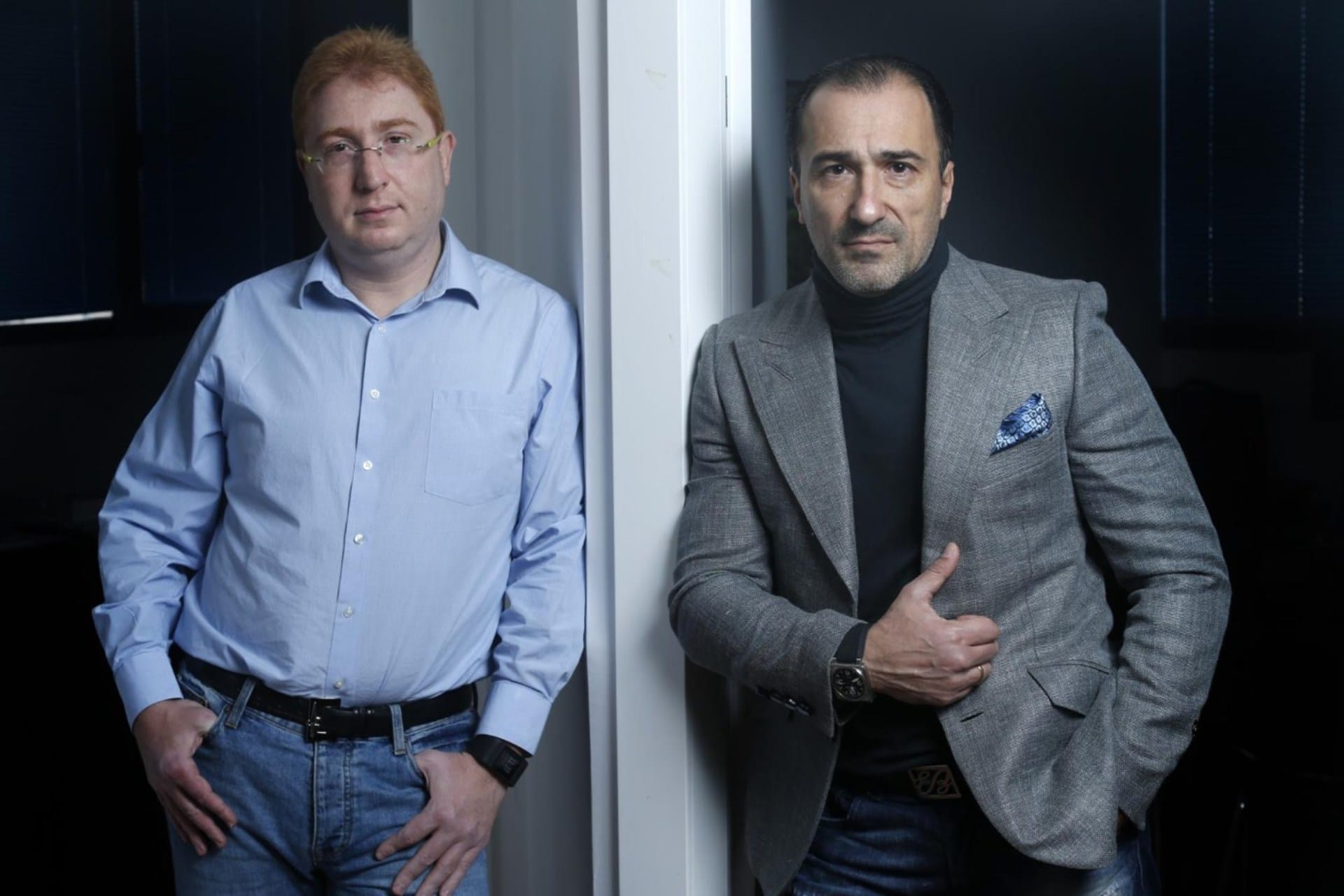
The man behind Click-Ins is its CEO, Eugene Greenberg. Through a 30-year career in insurance, he climbed from door-to-door agent to a top C-level position - but he encountered fraudulent schemes on a daily basis. The magnitude of the problem, combined with the outdated methods traditionally used by insurance companies to tackle it, inspired Greenberg to create a radical solution.
"Eugene partnered with me, a software architect and technology consultant with a proven record of building military-grade intelligence systems," explains Dmitry. "This partnership laid the ground for Click-Ins and its innovative platform. Currently, we're laser-focused on automatic vehicle inspection and motor insurance fraud."
A year ago, Aviva Canada set out to discover the real size of the problem by conducting an undercover investigation, called Project Bumper. The results were stunning: 9 out of 10 motor claims were bogus. Concluding the investigation, Aviva experts said a completely new standard for car insurance claims processing should evolve.
"We and many influencers in insurance believe that Click-Ins brings such a standard to the industry by combining the worlds of AI, computer vision and 3D modeling," says Dmitry.
Can you tell us a little about the technology?
DG: Click-Ins’ revolutionary, multidisciplinary technology is based on a combination of AI, deep learning, 3D modeling, applied mathematics and computer vision, enabling accurate recognition and analysis of every vehicle part, identifying all damage to the vehicle.
We don’t only localize any damage to the vehicle; we can measure it precisely. To our knowledge, we are the only company that can do this with a single photo without the use of special equipment or manual camera calibration.
AI plays an important role in the process by being able to spot patterns that can hardly be captured by a human eye — and do it at scale. Moreover, Click-Ins is fully committed to an ethical AI initiative by using mostly synthetic data for training its deep learning models.
The technology is being continuously tested during undergoing Proof-of-concept projects with multiple customers. The system is already integrated with the local insurance company Hachshara Insurance – the first production customer.
V-Ray technology helps us render an unprecedented level of realism in the synthetic data we use to train our deep learning models.
Dmitry Geyzersky, Co-Founder, Click-Ins
What is V-Ray’s role in the platform development and why did you decide to integrate our ray-tracing software for your renders?
DG: V-Ray technology helps us render an unprecedented level of realism in the synthetic data we use to train our deep learning models. Click-Ins plays an integral part in an ethical AI initiative. We believe companies using AI must play fair; therefore, we pay special attention to the data we are using for the training.
We never train our system on customers’ data. Here, V-Ray technology plays an important role in helping us achieve the highest level of realism and make our synthetic data look like real-world imagery, reducing the need for human labeling. V-Ray is very flexible and can be integrated into most complicated environments, such as the one developed by Click-Ins.
The integration of the V-Ray rendering engine into our system has brought a significant boost to the quality of our data.
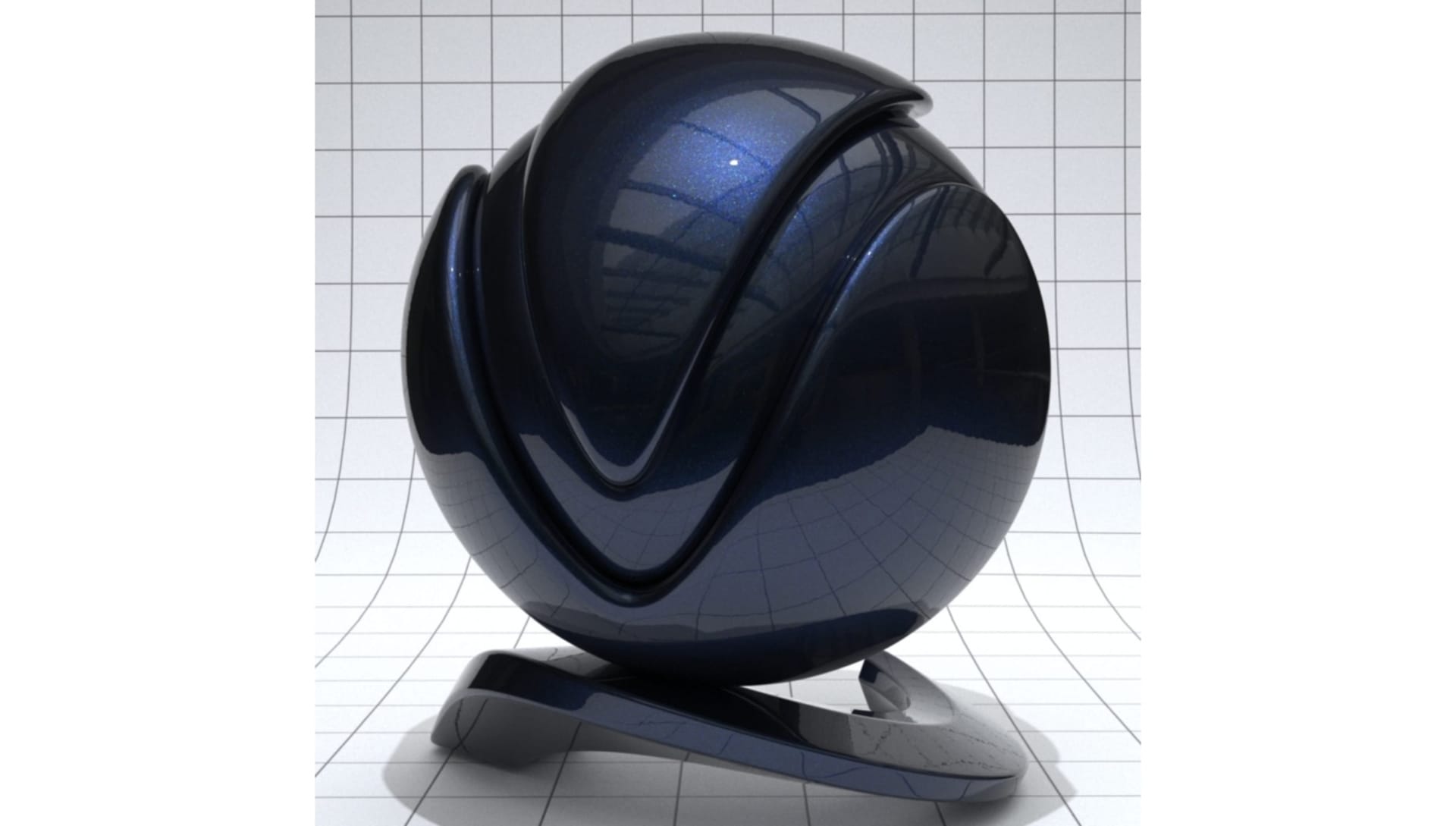
You also use our library with pre-scanned VRscans materials — how did this improve your workflow?
DG: We use VRscan materials that were developed for the automotive industry to achieve an unprecedented level of realism.
Have you seen an improvement in the AI/software performance since you integrated V-Ray?
DG: The accuracy of deep learning models is directly affected by the quality of the training and validation data. In this regard, V-Ray integration significantly contributes to the improvement of our deep learning results.
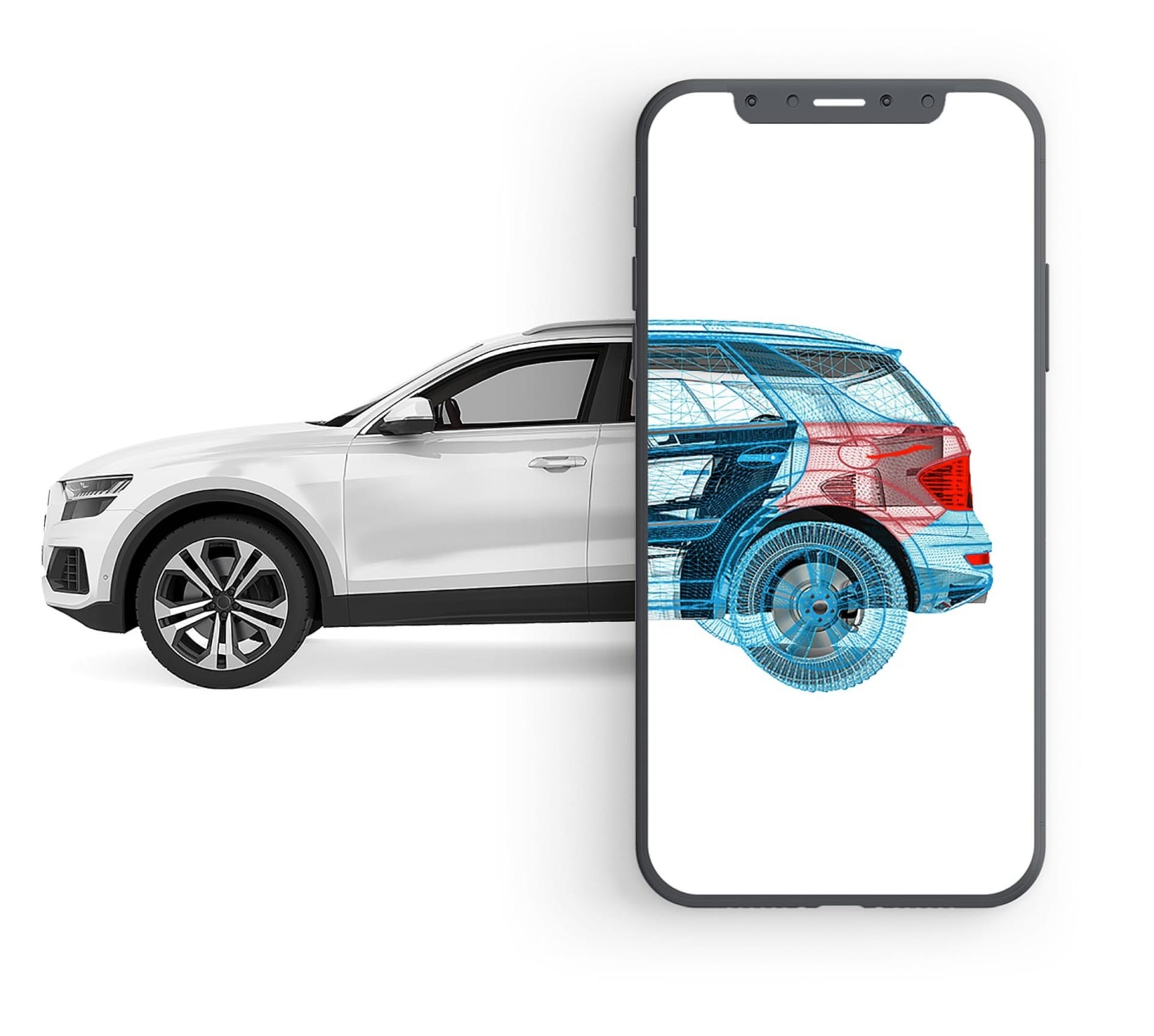
How easy was it to integrate V-Ray, and how did you find working with Chaos Group?
DG: For us, it was a gradual learning curve, since our team is pretty familiar with most 3D modeling concepts and we had previous experience with other third-party tools. The Chaos Group team was very responsive and helpful in resolving different problems we faced during the integration.
The sales team also provided us with detailed information about various licensing models and helped us choose the best plan that allows scaling with respect to our budget.

